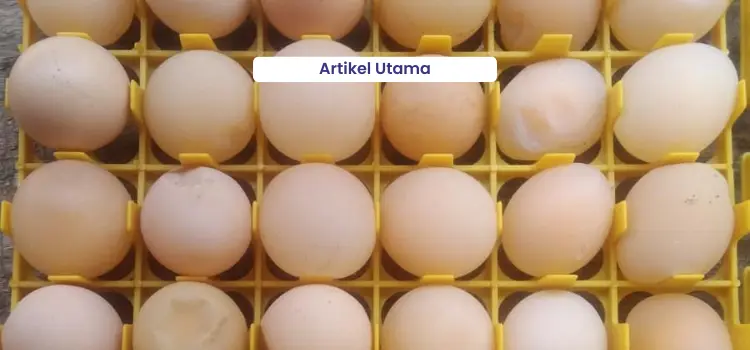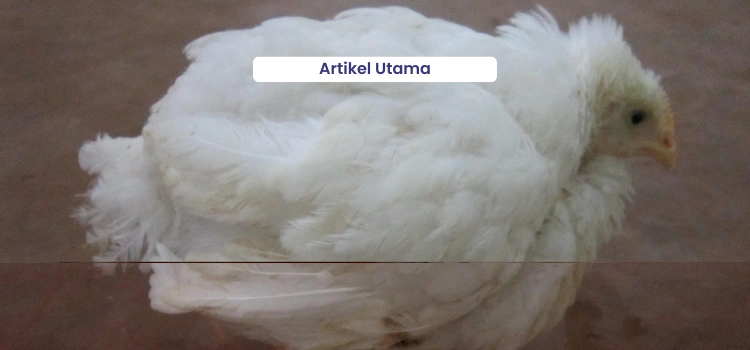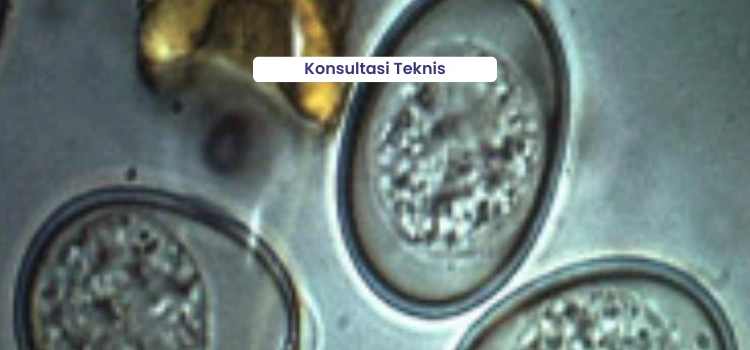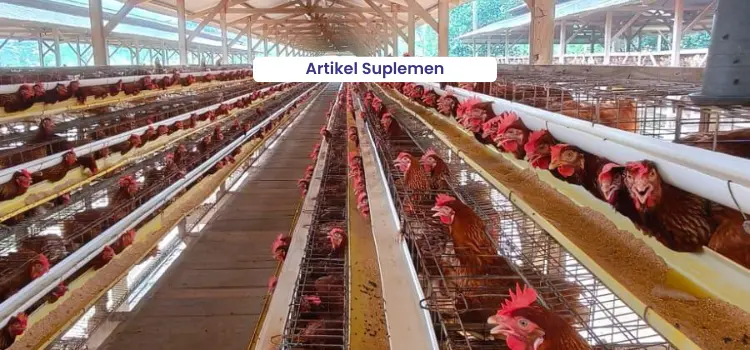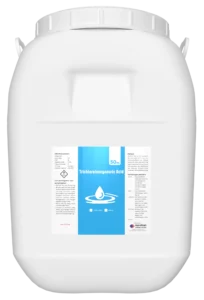Egg Drop Syndrome (EDS) is one of the important diseases that causes production decline and often attacks poultry, especially laying hens. Egg Drop Syndrome is highly detrimental to farmers because it is associated with reductions in both the quantity and quality of eggs, increases in feed corvertion ratio (FCR), and rising costs of disease management.
Current Cases of Egg Drop Syndrome Now
Based on rankings of diseases compiled by Medion’s Technical Education & Consultation team, EDS is ranked 6th among viral diseases attacking chickens during production from 2023 to 2025. This number remains significant and is something we must remain vigilant about.

According to data from Medion’s Surveillance Analyst, EDS cases are spread fairly evenly throughout Indonesia. The region with the highest number of cases between 2023 and 2025 is West Sumatra (> 35% of national suspected cases). Regions with more than 5% of national suspected cases (shaded dark green) include West Kalimantan. Other areas with high incidence include West Java, South Sulawesi, parts of North Sumatra, and East Java (prevalence > 5% suspected).

From 2024 to 2025, EDS cases occur almost every season. There has been an increase in 2025, especially from March to April, potentially correlated with erratic seasonal changes. The prolonged rainy season in Indonesia around April 2025 increases risk of lowered immunity in chickens and higher disease incidence including EDS.
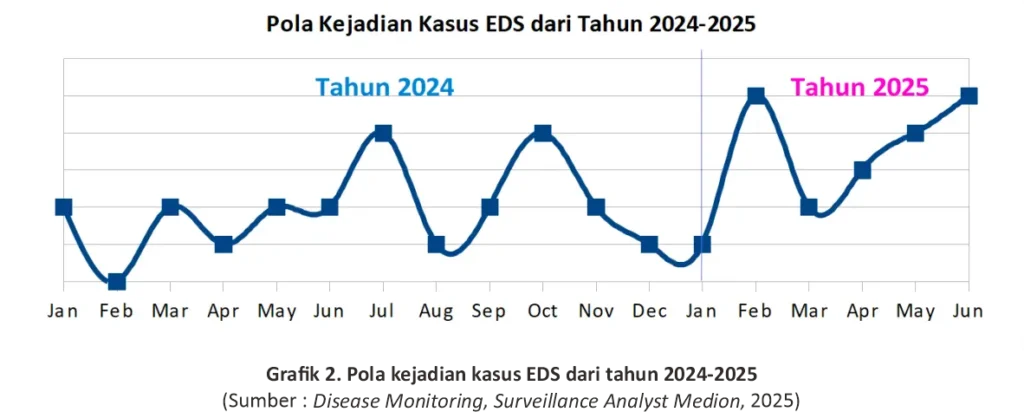
Regarding age susceptibility, Surveillance Analyst Medion from 2023 to 2025, EDS most often strikes layer layers aged 27–55 weeks, which is typically the period of peak production and high internal stress in the chicken.
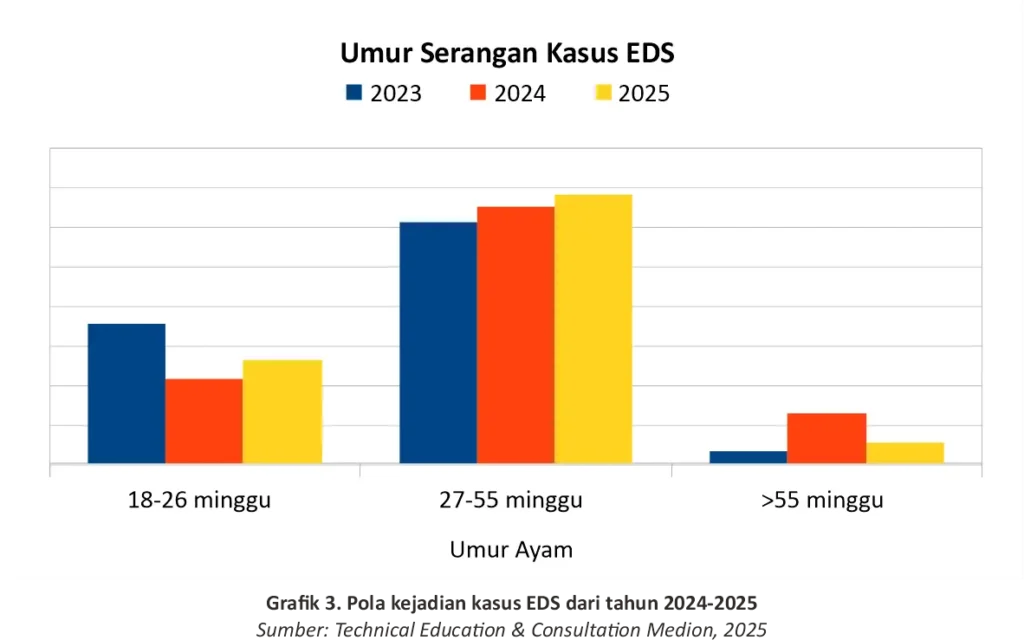
Causative Agent of EDS
Disease of Egg Drop Syndrome was first discovered by Van Eck in the Netherlands in 1976 as a cause of reduced egg production. The EDS virus attacks poultry such as chickens, ducks, geese, swans, and ostriches. It is a double stranded-DNA (ds-DNA), non-enveloped, icosahedral (76–80 nm), and lacks a double lipid layer. The virus is resistant to chloroform, sodium deoxycholate, trypsin, 2% phenol, 50% alcohol, and within pH 3–10, but it can be inactivated by aldehyde disinfectants. It can also be inactivated by heating at 60 °C for 30 minutes. EDS virus contains an HA (hemagglutinin) protein that can agglutinate avian red blood cells. It replicates in the host cell nucleus, causing intranuclear inclusion body bodies in infected cells.
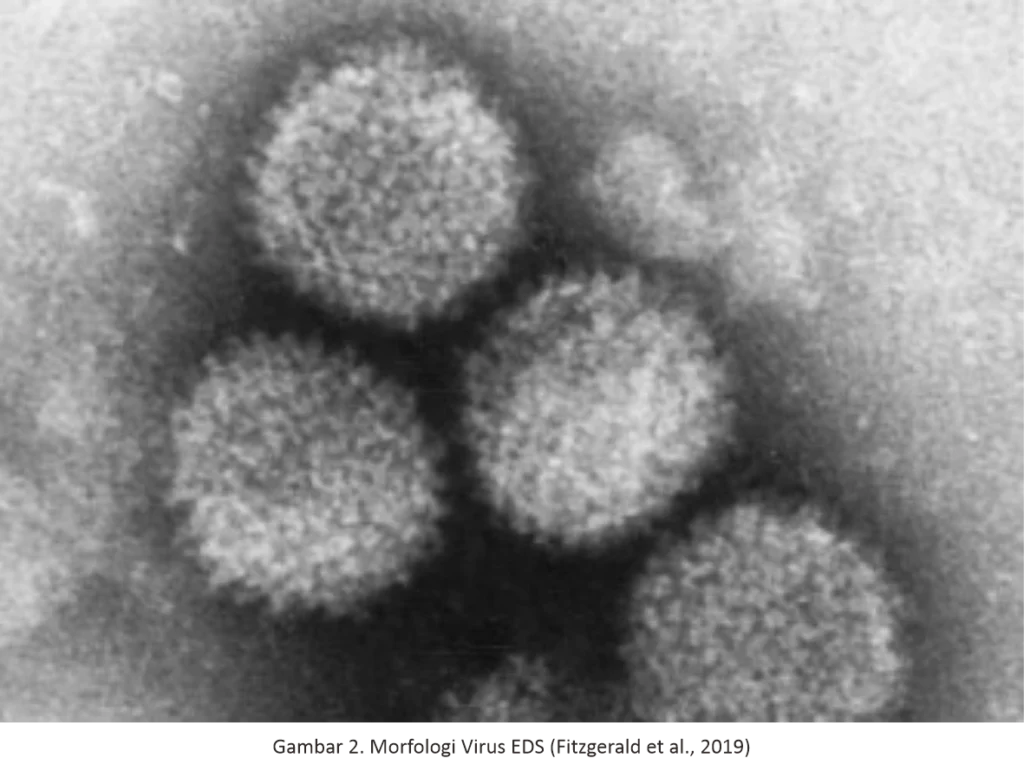
Clinical Signs, Pathological Changes, and Losses from EDS
Disease of Egg Drop Syndrome causes heavy losses, especially by lowering egg production in both quantity and quality. If the EDS virus infects a hen early in its laying period, the chicken may not reach its production peak. If infection occurs after the peak, egg output will drop below normal. Egg production may decrease by 20–40% over a period of 6–10 weeks. In breeding chickens, eggs with abnormal appearance may have reduced hatchability.
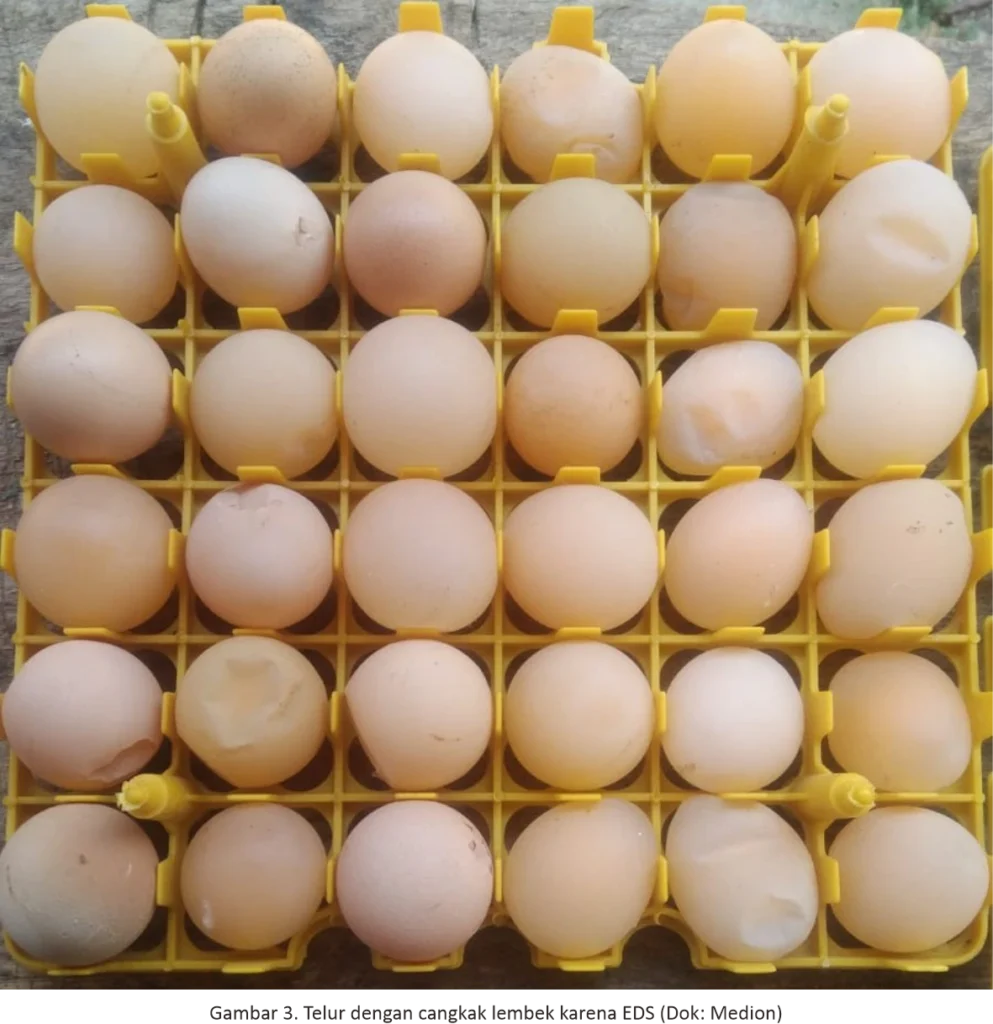
Chickens infected with EDS'76 usually do not show any specific symptoms. They appear healthy, but sometimes they may appear lethargic, have a decreased appetite, and have pale combs and wattles, sometimes accompanied by mild, non-specific diarrhea. This diarrhea originates from exudate secreted by the oviduct and mixed with chicken feces. A notable change is the deterioration in eggshell quality, becoming soft and thin, with unpigmented shells, and in some cases, eggs may be completely shell-less (Hemida et al., 2016).
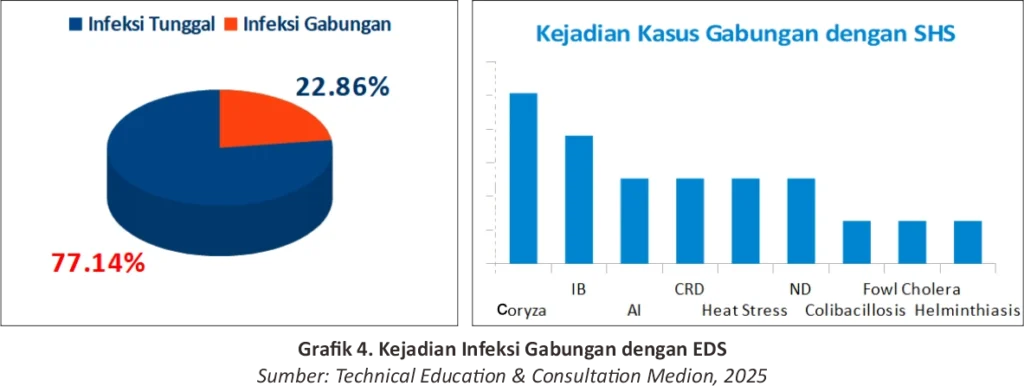
Although EDS is often subclinical, co-infections with other diseases can complicate the clinical picture. From Surveillance Analyst Medion (2023–2025), 77.14% of suspected EDS cases were single infections, while 22.86% were combined with other diseases (e.g. Coryza, Infectious Bronchitis (IB), Avian Influenza (AI)).
Transmission of Egg Drop Syndrome
EDS can spread both vertically and horizontally. Transmission patterns are classified into three types:
- Classical type: from parent to offspring
- Endemic type: horizontal spread, environmental contamination
- Sporadic type: from ducks or geese infecting chickens via contaminated drinking water or feed by virus-laden feces.
Chicks infected with EDS in-ovo (vertically) will be latently (hidden) infected. Vertically infected chicks do not shed the virus or form antibodies until they reach a production level of more than 50% egg production. At this stage, the virus is reactivated and excreted, causing lateral spread (Disease of Poutry, volume 14).
The virus that has spread will contaminate an area until it becomes an EDS endemic area. Eggs produced by chickens infected with EDS can also be a medium of transmission because they contain the EDS virus both inside and on the surface of the egg. These viruses can contaminate coops, egg storage areas, and other farming equipment and can infect healthy chickens.
Contamination through feces can occur when feces mix with exudate containing the EDS virus as it is expelled by the oviduct. Other chickens, including ducks and geese, can also cause sporadic transmission of EDS. These chickens excrete feces containing the EDS virus, contaminating the environment and equipment in the coop, and the virus then comes into contact with healthy chickens on commercial chicken farms.
After chickens are infected with the EDS virus, antibodies will form within 5 days post-infection. Antibody titers will reach protective levels within 4-5 weeks post-infection. Antibodies possessed by the mother will be passed on to the chicks (Disease of Poultry 14th Edition).
Diagnosis & Differential Diagnosis of EDS
In diagnosing EDS disease, it is necessary to gather as much information as possible from livestock history, due to the minimal and non-specific changes in anatomical pathology resulting from necropsy. Therefore, laboratory tests are sometimes needed to support the diagnosis. Some tests that are often used include the HI test for EDS to see the antibody profile in chickens and help guide the diagnosis. In addition, PCR (Polymerase Chain Reaction) tests can also be used to detect the EDS virus in chicken organs.
These efforts need to be made because, in addition to EDS, there are other diseases that are also similar in that they affect the quantity and quality of eggs, including ND, IB, and SHS. Here are some examples of differences in occurrence in chickens:
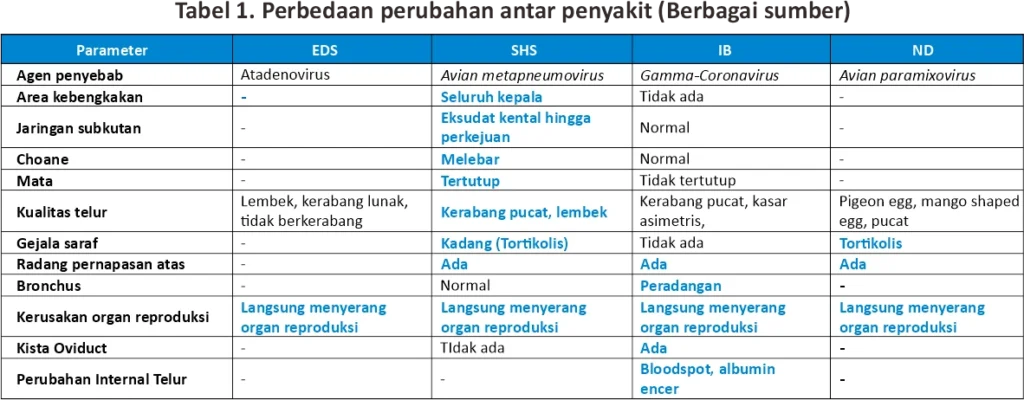
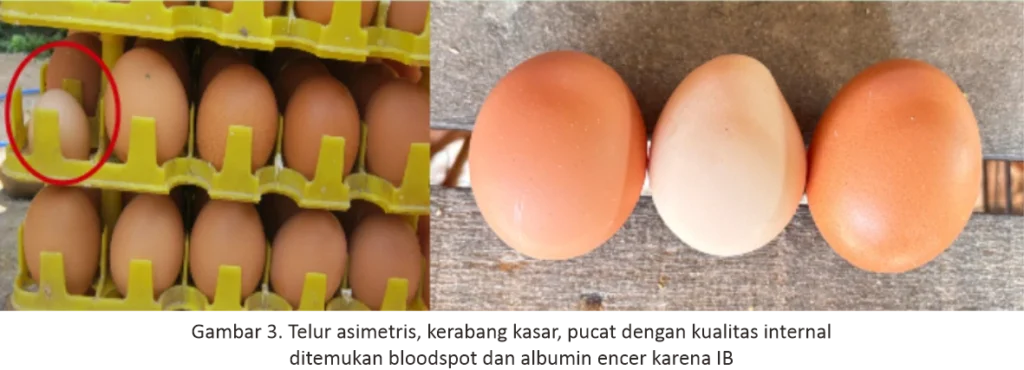
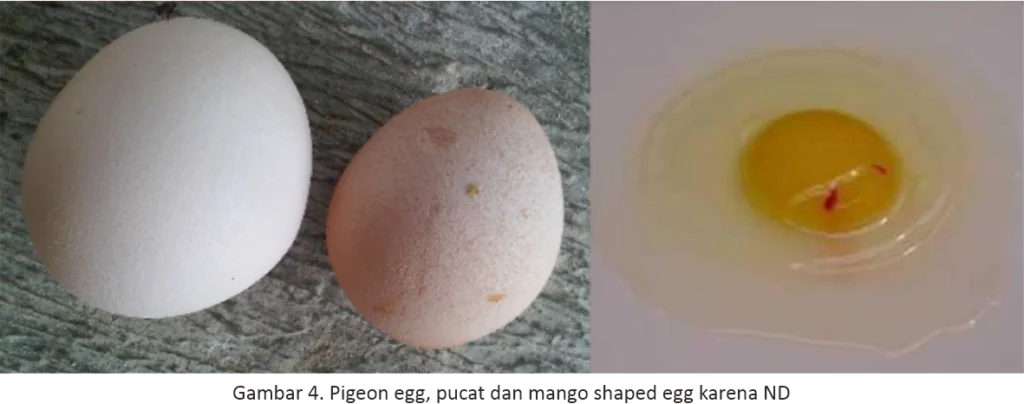
EDS Control Strategies
1. Preventive Efforts via Vaccination
EDS vaccination during the pullet phase at age 15–16 weeks, or around 2–3 weeks before start of lay, using a vaccine like Medivac ND-EDS-IB Variant Emulsion. This inactivated vaccine combines Newcastle Disease (ND) genotipe II, Egg Drop Syndrome (Adenovirus 127 strain McFerran), and Infectious Bronchitis (IB) (classical and variant strains). The goal is to elicit protective antibodies before the onset of egg production, so immunity remains strong during the production peak.
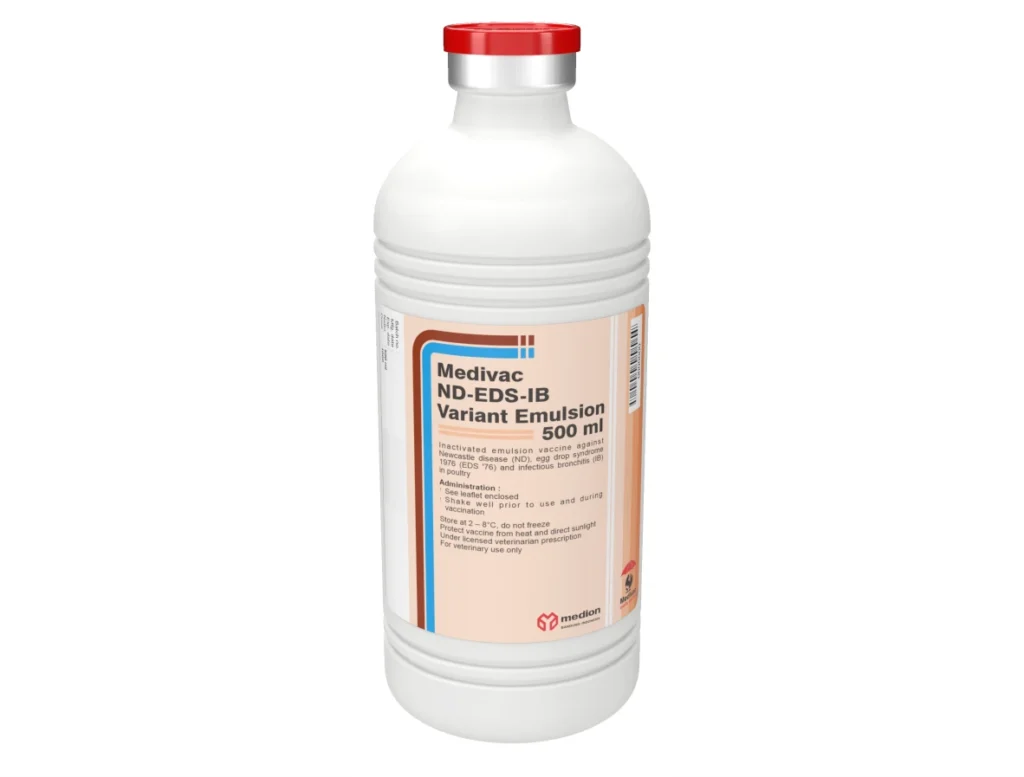
2. Optimize Biosecurity in the Poultry House
If vaccination is carried out to boost the immunity within the chicken's body, then the implementation of biosecurity is aimed at reducing the number of infectious agents in the farmer's environment. Implementation biosecurity must adhere to the principle of “consistency” or discipline in daily operations. Discussion biosecurity In order to prevent diseases such as EDS, efforts must be comprehensive. Several steps that need to be taken include establishing red-yellow-green zones in the farm environment and restricting traffic, as this is one of the gateways for disease entry. Spraying before entering the coop area, both for transportation and personnel visiting, changing footwear, and more broadly preventing other poultry/animals from roaming around the coop. In daily operational efforts, such as routinely spraying the barn, cleaning feeding and drinking areas, and disinfecting drinking water, are also measures that can be taken to minimize the risk factors for disease entry. Drinking water sanitation using Desinsep to reduce the transmission of disease through drinking water. Also flush to remove algae or biofilm (with Bioflush) attached to the water pipes. Check the quality of the farm's drinking water regularly, at least when the seasons change. Create a comfortable environment for the chickens, including ensuring that the number of chickens in the coop is not too dense, that there is adequate ventilation, and, if possible, implementing a "all in all out"and the implementation of a minimum of two weeks of cage rest since the cage was cleaned.
3. Optimizing Chicken Health with Multivitamins and Immunostimulants
One of the challenges in preventing disease outbreaks on farms is the presence of immunosuppressive factors, whether from uncertain environmental conditions, weather-related stress, or stress caused by the treatment of chickens. Multivitamins such as Vita Stress or Fortevit as well as immunostimulants such as Imustim.
However, once the disease has infected, the actions that can be taken include:
- Select and isolate affected chickens based on the severity of the disease.
- Administration of vitamins to increase the stamina of chickens using Vita Stress or Fortevit.
- Administration of herbs that have antiviral activity such as Reduvir can also be done to help improve the health of chickens infected with AI, IB, or EDS, as well as reduce mortality in infected poultry.
- If accompanied by bacteria, antibiotics such as Neo Meditril or herbs such as Fithera.
- Disinfecting cages and equipment using Antisep, Neo Antisep, Medisep or Zaldes.
- For EDS cases, emergency vaccination (vaccination when chickens are already infected) is relatively rare, especially since the available vaccine is inactive, meaning that it takes a long time to build up protective antibody titers. However, EDS revaccination can be successful (depending on the condition of the chickens or the severity of the disease).
- Conduct routine monitoring of EDS antibody titers at least once a month to determine antibody titer status and decide on a revaccination schedule. Regular monitoring of EDS antibody titers will provide a baseline titer (standard titer) for a farm. If, after serological testing, EDS titer levels are found to deviate from normal, this can serve as an early warning sign (early warning system) on the condition of the chickens. Antibody titers that are too high are not always good, so they must be matched with the existing baseline titer. This may indicate the presence of a field infection, but the chickens are still able to survive, so the titer formed comes from the field virus.
In the EDS disease control strategy, it is important to combine the implementation of an appropriate vaccination program, the application of biosecurity and optimal maintenance management, supported by measures to boost the chickens' immune systems. With these efforts, it is hoped that our livestock can be protected from the harmful effects of EDS disease.

